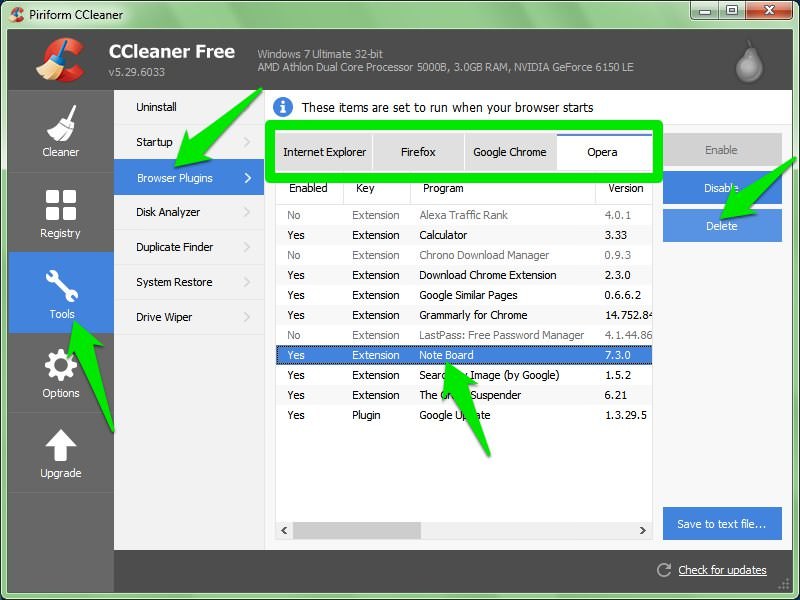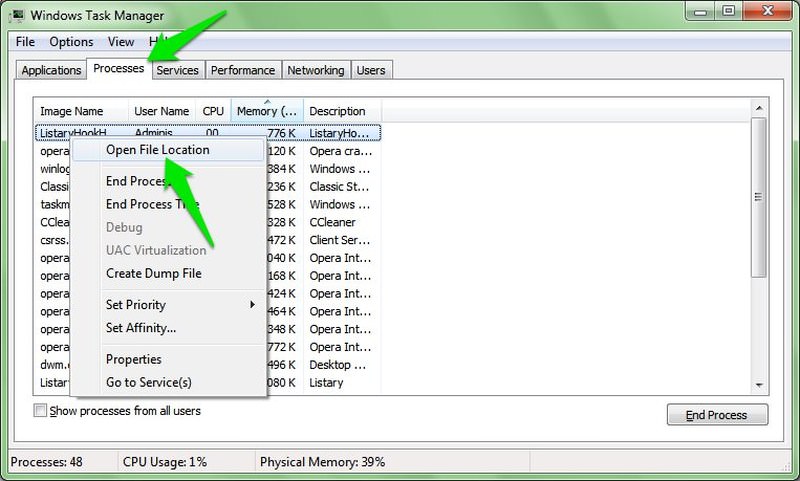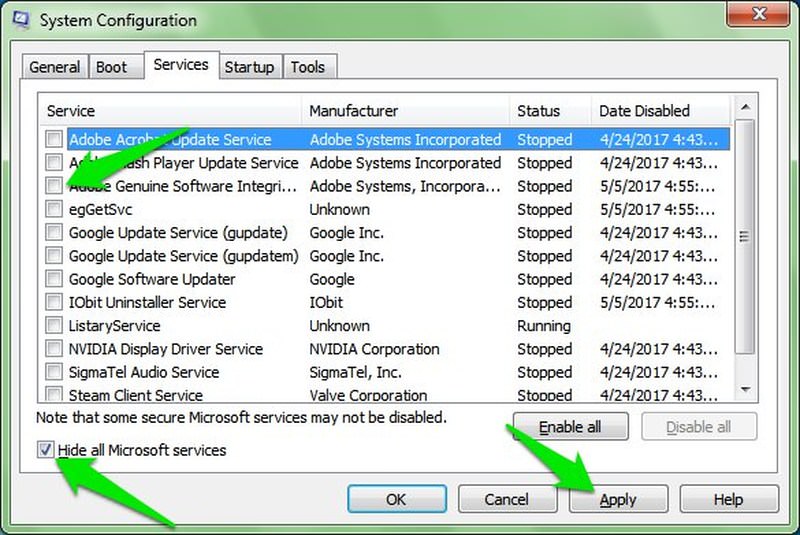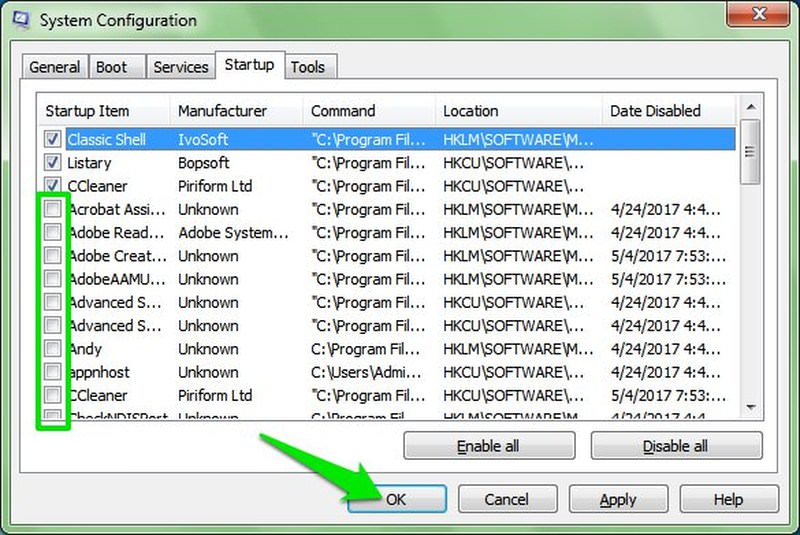How to Clean Your Windows PC from Adware
Are you seeing too many pop-up ads whenever you browse? Or does your adblocker not stop them? I understand your frustration.
In the past, I made the mistake of downloading lots without being careful. That led to adware on my PC.
But, I learned how to remove stubborn adware. And now, my PC is free from adware and malware. Want to know how? I’ll share my tips below.
Read Also: 10 Tools to Improve Windows Performance
Removing Adware from Your PC Automatically
Let’s start by cleaning the adware on your PC. You can either use a tool or do it by hand if the adware is too sneaky for most cleaners. Let’s use a tool first:
Many tools can find and delete adware from your PC. I suggest using AdwCleaner by Malwarebytes. It’s easy and works well.
After downloading, run a scan. It will search for adware and other unwanted software and extensions. Then, you can hit the Clean button to remove them.

Removing Adware Manually
Most of the time, using AdwCleaner will clean your PC from adware. But sometimes, if the adware is new or very sneaky, tools might not find it. If that’s the case, don’t worry. I’ll guide you on how to remove adware step by step.
1. Disconnect from the Internet
Before doing anything, it’s best to cut off your internet. Adware uses the internet to show ads and might stop you from removing it or even put itself back on your PC. Without internet, adware can’t cause more problems or show you more ads.
You can turn off your internet modem or just disconnect your PC. If you have to download something I suggest, connect to the internet just for that, and then disconnect again.
2. Delete the Adware
Adware often acts like a regular program and has its own way to uninstall. So, you can remove it like any other software on your PC.
- Go to the Programs and Features area in the Control Panel. Look for any program that seems strange or that you don’t remember adding.
- Start the removal by double-clicking on the program.

Be cautious when uninstalling. The adware might try to trick you with different options or questions. Always choose the Uninstall or Remove choice. And watch out for boxes that might let the program put itself back on your PC.
3. Cleaning Your Browser
Even after removing the adware program, it might have affected your browser. The ads might still show. So, it’s a good idea to also clean your browser. You’ll need to reset your search engine if it’s been changed and check for any strange extensions or add-ons.
To reset your search engine:
- Open your browser settings and find the Search option. It’s usually under the General tab.
- Then, pick your preferred search engine (like Google) from the list.
To check for unusual extensions or add-ons, it’s helpful to use a tool that shows all of them in one place, even the hidden ones. There are many tools out there, but I prefer the plugin manager in CCleaner. Check out our guide on how to deep clean a PC with CCleaner.

- Open CCleaner and click on the Tools section on the left.
- Choose Browser Plugins. You’ll see a list of your browsers and their extensions below them.
- Check each browser and look for any extensions you don’t remember adding.
- If you find one, click the blue Delete button on the right to remove it.
4. Inspecting the Task Manager
If you’ve followed all the above steps and still see ads, there could be a hidden background process or service causing it. Let’s look for suspicious processes in the Task Manager. Press Ctrl + Shift + Esc to open the Task Manager and go to the Processes tab.
Now, scan for any process that seems odd. Recognizing the right one can be tricky because standard Windows processes are also listed. When in doubt about a process, search its name online to see if it’s related to Windows or not.
If you’re certain it’s not a Windows process:
- Right-click on it and choose Open File Location.
- Delete all the files there.
- If deletion fails, return to the Task Manager, end the process, and try again.

5. Deactivating Startup Services and Programs
This step can be useful for stopping both adware and other unwanted programs.
- Press Windows + R, type
msconfiginto the Run dialog, and open the System Configuration window. - Go to the Services tab and select Hide all Microsoft services.
- Uncheck any services that seem strange or unnecessary.
- Click Apply to save changes.

Under the Startup tab, view all startup programs. Windows 8 and 10 users should open the Task Manager and go to the Startup items tab. Simply uncheck any unfamiliar startup programs and apply your changes.

Afterwards, restart your PC to see if the adware is gone. If it’s no longer active, consider running AdwCleaner again. Now that the service is disabled, the adware might be more visible to the cleaner.
6. Using Safe Mode
If adware still persists, using Windows in Safe Mode might help. In Safe Mode, only essential system files load, making it hard for rogue programs to operate.
Accessing Safe Mode varies with different Windows versions. Here’s a Lenovo guide for entering Windows Safe Mode.
Once in Safe Mode, repeat the steps outlined above. Running AdwCleaner in Safe Mode should be enough to eliminate the adware.
How to Avoid Adware in the Future
Once you’ve removed adware, it’s essential to know how to prevent it from coming back. Here are some simple habits you can adopt when downloading and installing software to ensure your computer stays adware-free:
1. When Unsure, Use Google
One basic but effective rule for safe browsing is to search for information if you’re unsure about a file or application. Before downloading, search with terms like “is x program safe?” or “x program malware or adware”. This quick search can give you insights about the software.
2. Avoid Questionable Activities
If you’re tempted by torrent sites to get free copies of paid applications, expect to encounter adware and malware. The free versions of legitimate software often carry malware or adware that can harm your PC. Stick to official websites for downloads and avoid illegal activities.
3. Steer Clear of Too-Good-To-Be-True Offers
Be wary of online offers promising unbelievable rewards or features, like “earn millions with this software” or “automatic bot for X activity.” If something sounds too good to be true, it usually is. Avoid downloading software from such offers; the time spent fixing your PC later isn’t worth it.
4. Pay Attention When Installing Software
Sometimes, adware gets bundled with genuine software. During installation, it tries to trick you into agreeing to its addition. Be vigilant during every installation step and look for checkboxes or options that might involve additional unwanted programs.
If you see only the Next or Decline options, choose Decline if you’re unsure. Opt for the Custom Installer or similar choices if available. Even if the software doesn’t recommend this, it’s a way to ensure you don’t inadvertently install bundled software.
While it’s crucial to manually review all installation steps, I also recommend the Unchecky app. It automatically declines and deselects offers for bundled programs, adding another layer of protection.
Final Thoughts
It’s essential to address adware promptly. It’s not just an annoyance; it can lead to more adware or even malware that harms your PC or accesses your data. The tips above should help you combat most adware. However, if all else fails, remember that you can always restore or reset your PC to tackle any persistent issues.